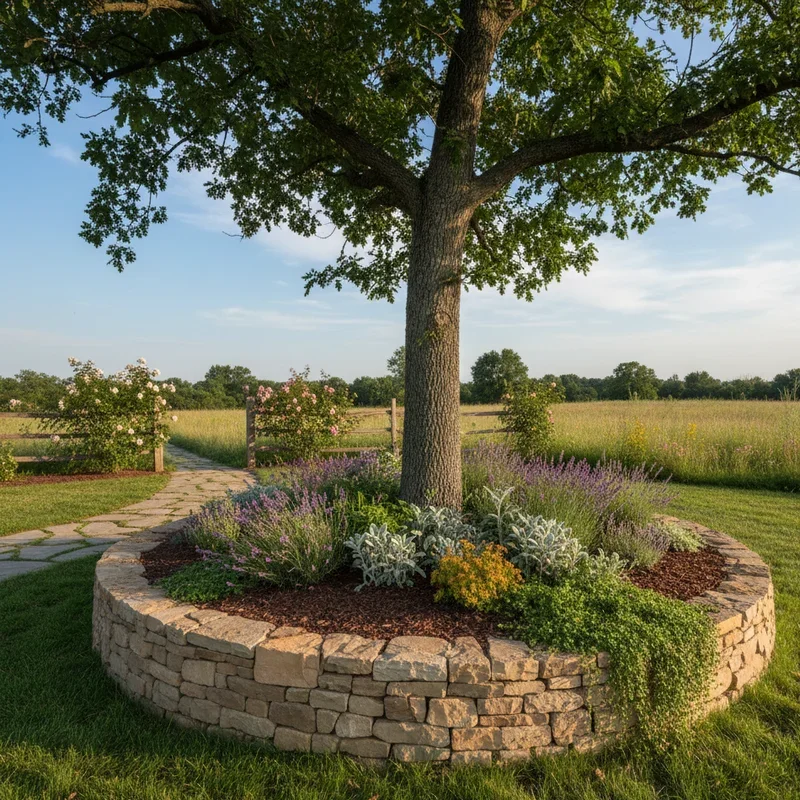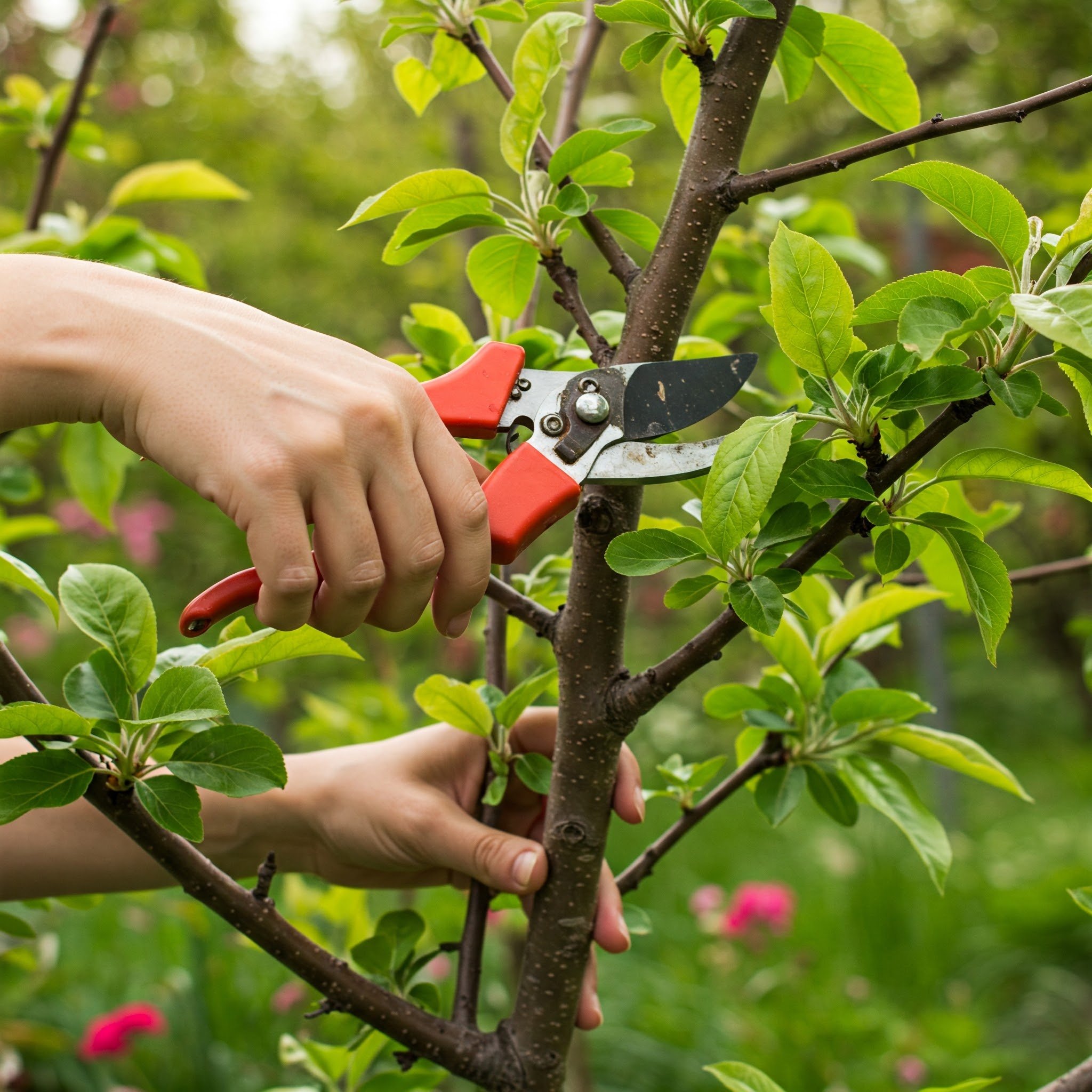When is the Best Time to Prune Trees?
Wondering when is the best time to prune trees? Learn the perfect pruning schedule by season to keep your trees healthy, strong, and beautiful year-round.
Pruning trees isn’t just about cutting away branches willy-nilly. Nope! It’s an art and a science. If you’re wondering when is the best time to prune trees, you’re not alone. Timing matters—a lot. Prune at the wrong time, and you could stress the tree, invite disease, or stunt its growth. Prune at the right time, and voilà! Your trees flourish with vibrant foliage, strong limbs, and stunning seasonal beauty.
So, when should you grab those pruning shears? Let’s dive in!
Why Does Timing Matter in Tree Pruning?
Pruning isn’t just about looks—it’s crucial for a tree’s health, safety, and longevity. Timing is everything, and cutting at the wrong moment can weaken the tree, making it more vulnerable to diseases and pests. Trees follow natural cycles, and disrupting them with improper pruning can cause unnecessary stress, leading to stunted or unhealthy growth. Worse, pruning too early or too late sends mixed signals, often triggering uncontrolled sprouting that weakens the tree's structure. Each season plays a role in the pruning process—winter pruning encourages strong spring growth, while summer cuts control size and shape. Fall pruning can invite disease, and spring pruning should be minimal to avoid excessive sap loss. Understanding seasonal timing ensures healthier, more resilient trees in the long run.
When is the Best Time to Prune Trees?
The best time to prune depends on the type of tree, its growth cycle, and your goals. Let’s explore the optimal seasons for pruning.
1. Winter Pruning: The Ideal Time for Most Trees
Winter is the ideal season for pruning most trees, especially deciduous ones, because they’re dormant, making cuts less stressful for the tree. Without active growth, trees recover faster, ensuring healthier regrowth in spring. Plus, the absence of leaves provides a clear view of the tree’s structure, making it easier to remove weak, dead, or overcrowded branches. Another major benefit? Reduced risk of disease and pest infestations since many pathogens and insects are inactive in cold weather. This makes winter pruning especially beneficial for trees like oaks, maples, elms, and fruit-bearing varieties such as apple, pear, and peach. By pruning in winter, you set the stage for strong, vibrant growth once the warmer months arrive, ensuring a healthier, more resilient tree.
2. Spring Pruning: Handle With Care
Spring is a season of rapid growth, making pruning a bit tricky. Trees are using their energy to push out new leaves and blooms, so heavy pruning can sap their strength and hinder development. However, light pruning is beneficial for removing dead, diseased, or weak branches, as well as small sucker shoots that drain nutrients. Spring-blooming shrubs like lilacs and dogwoods should be pruned after their flowers fade, ensuring a healthy next season. Redbuds also respond well to post-bloom pruning. However, avoid cutting too much from spring-flowering trees, or you’ll remove next season’s blooms before they open. Oak trees should also be left alone in spring since pruning makes them vulnerable to oak wilt, a serious and often fatal disease.
3. Summer Pruning: For Shape and Control
Summer pruning is ideal for managing growth, shaping trees, and preventing excessive sprouting. Unlike winter pruning, which encourages strong new growth, summer pruning helps slow down fast-growing trees by removing unwanted branches without triggering additional shoots. This method is especially useful for fruit trees, like cherries, as it improves fruit quality by directing energy toward ripening rather than excessive leaf production. Trees like magnolias, birches, and maples benefit from summer pruning, as it prevents excessive sap bleeding that would occur in spring. However, avoid pruning trees that are already stressed from summer heat, as it could weaken them further. Additionally, if you’re aiming for more vigorous growth, summer pruning isn’t ideal, as it primarily works to control size and shape rather than stimulate new growth.
4. Fall Pruning: A Big No-No!
Fall might seem like a good time to prune, but resist the urge—pruning in autumn can do more harm than good. Cutting branches stimulates new growth, which is highly vulnerable to cold damage as winter approaches. Plus, fall is a peak season for fungi and pests, increasing the risk of infection and disease. Trees are also entering dormancy, so pruning disrupts their natural cycle, making recovery slower and more stressful. However, there are exceptions—removing dead or hazardous branches is always safe, and emergency pruning is necessary if a limb is diseased or poses a safety risk. Otherwise, it’s best to wait until winter or early spring when trees are better equipped to heal, ensuring long-term health and strong regrowth.
Special Cases: Fruit Trees, Evergreens, and More
Some trees require special pruning techniques to stay healthy and productive. Fruit trees, for instance, thrive when pruned in late winter, just before spring growth begins, as this encourages strong structure and better fruit production. Summer pruning, after fruiting, is ideal for maintaining size and shape, while fall pruning should be avoided since it weakens the tree before winter. Evergreens, on the other hand, require minimal pruning. If shaping or size control is necessary, late winter to early spring is the best time, as it promotes steady growth without stressing the tree. Heavy pruning in summer or fall can lead to weak, sparse foliage, making evergreens more vulnerable to weather damage. Understanding these seasonal needs ensures healthier, longer-lasting trees.
Pro Tips for Effective Tree Pruning
Pruning is both an art and a science. Follow these golden rules for success:
Use the right tools – Sharp, clean pruning shears prevent damage and disease.
Know your tree type – Different trees require different pruning schedules.
Don’t overdo it – Removing too much at once can stress the tree.
Cut at the right angle – Always cut just above a bud or branch collar for clean healing.
Remove dead and diseased wood first – This improves airflow and tree health.
Conclusion
The best time to prune most trees is late winter when they are dormant and can heal efficiently before spring growth. However, every tree follows its own natural cycle, so understanding its specific needs is key to maintaining long-term health. Spring bloomers should be pruned right after flowering to preserve next season’s buds, while summer pruning should be kept minimal to shape trees and control excessive growth. Avoid fall pruning, as it can weaken trees before winter and expose them to pests and diseases. By following these seasonal pruning guidelines, you’ll promote stronger, healthier trees that flourish year-round. Proper timing ensures optimal growth, reduces stress, and enhances the beauty and longevity of your trees. Happy pruning!
Read next: When Is the Worst Time to Prune Your Trees?
Frequently Asked Questions
1. Can I prune my trees in late fall?
It’s best to avoid fall pruning unless necessary. Trees are preparing for dormancy, and pruning can make them vulnerable to disease and cold damage.
2. What happens if I prune at the wrong time?
Pruning at the wrong time can lead to excessive sap loss, poor growth, vulnerability to pests, and even tree decline. Stick to the recommended seasons for best results!
3. Should I prune my trees after a storm?
Yes! If branches are damaged or hazardous, prune them immediately. Otherwise, wait for the best pruning season to reshape the tree.
4. How much should I prune at once?
Never remove more than 25% of a tree’s canopy in a single pruning session. Over-pruning can weaken the tree and reduce its ability to produce energy.
5. Do different trees have different pruning needs?
Absolutely! Deciduous, evergreen, fruit, and flowering trees all have unique pruning schedules. Know your tree type before cutting away.
Stay up to date with our latest ideas!









